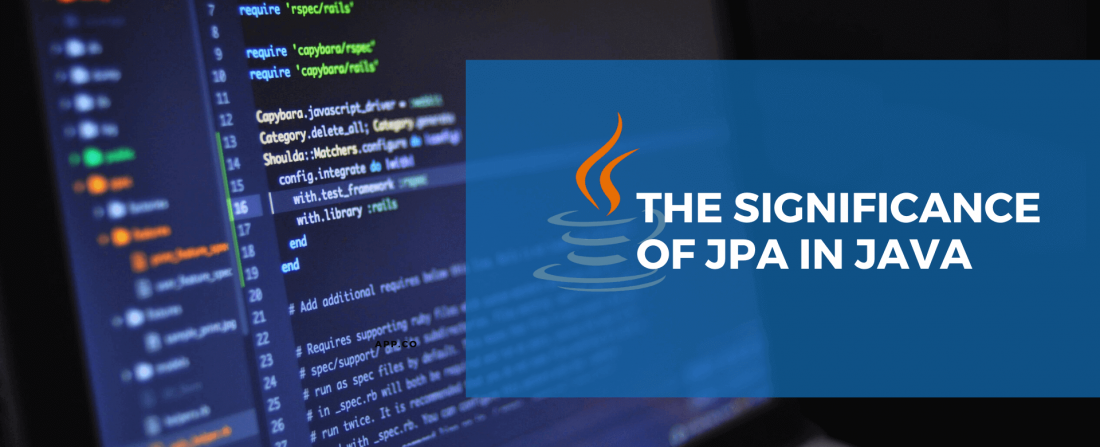All Blogs
TypeScript Vs JavaScript: Which is the best performer?
In the development world, TypeScript and JavaScript are the two universally known languages. Both these programming languages are mostly used for website and web application development. However, TypeScript has gained brisk absorption since Angular and RxJS have started utilizing it. Now you might wonder what makes one superior to the other! What is the need [...]






